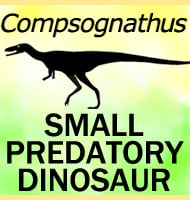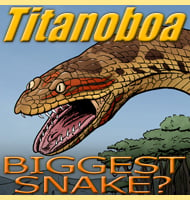In Depth
The fact that Albertaceratops has large and well developed brow horns on what is in essence a centrosaurine skull has led to the thinking that Albertaceratops is a basal centrosaurine ceratopsian. Later members of the group would develop considerably reduced brow horns. Albertaceratops had no nasal horn but instead had a bony growth on top of its snout, similar to that of Pachyrhinosaurus. The top of the frill has two small horns that strongly curve out to the sides. Additional remains from Montana once thought to belong to Albertaceratops have now been named Medusaceratops.
The type species name of Albertaceratops, A. nesmoi, is based upon the name Cecil Nesmo, a rancher who in the past has aided fossil hunters.
Further Reading
– A new basal centrosaurine ceratopsid from the Oldman Formation, southeastern Alberta – Journal of Paleontology 81(2):376-396 – M. J. Ryan – 2007.











